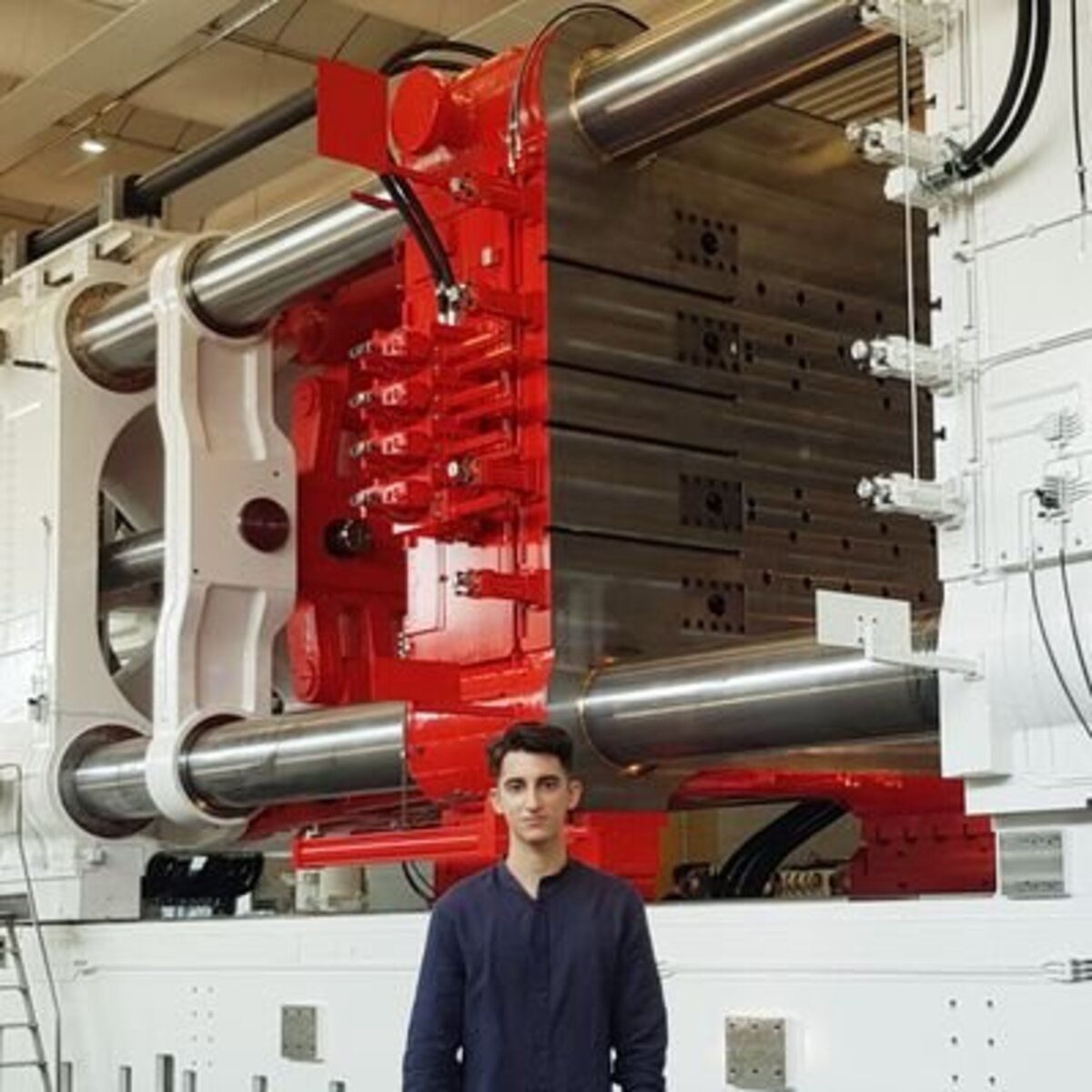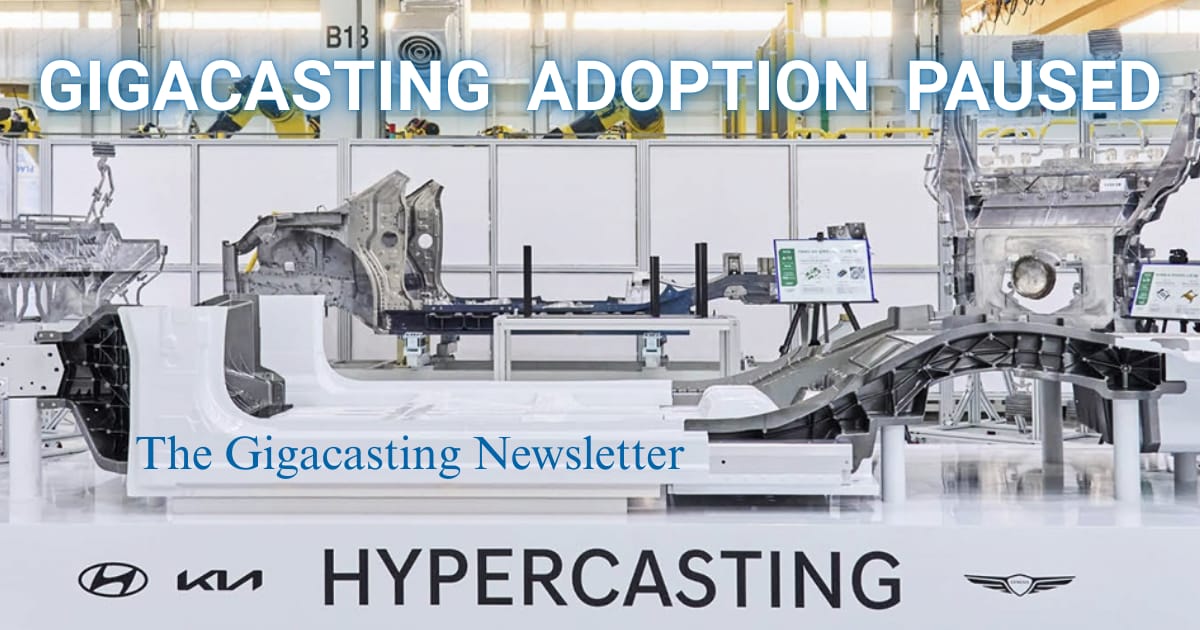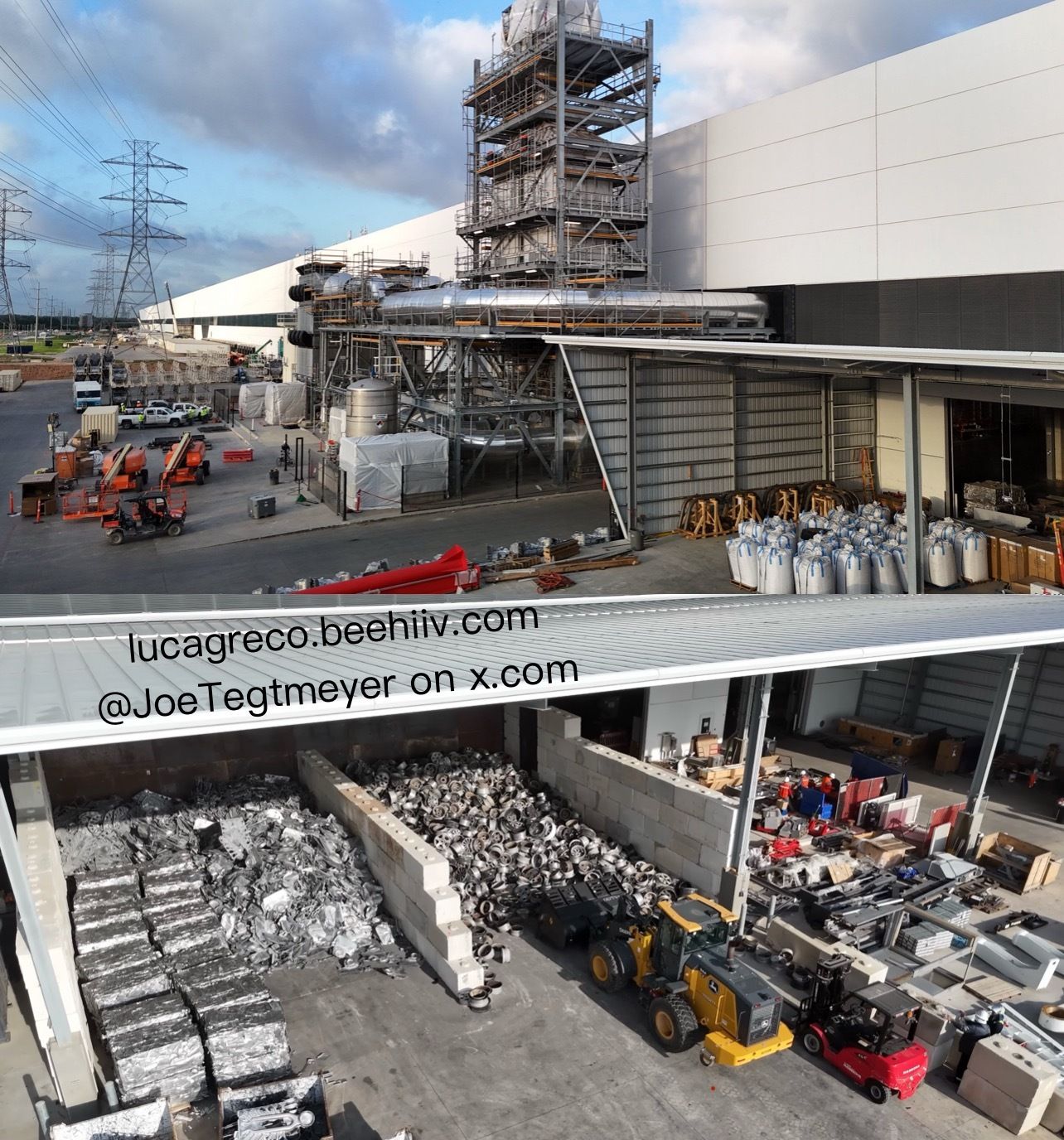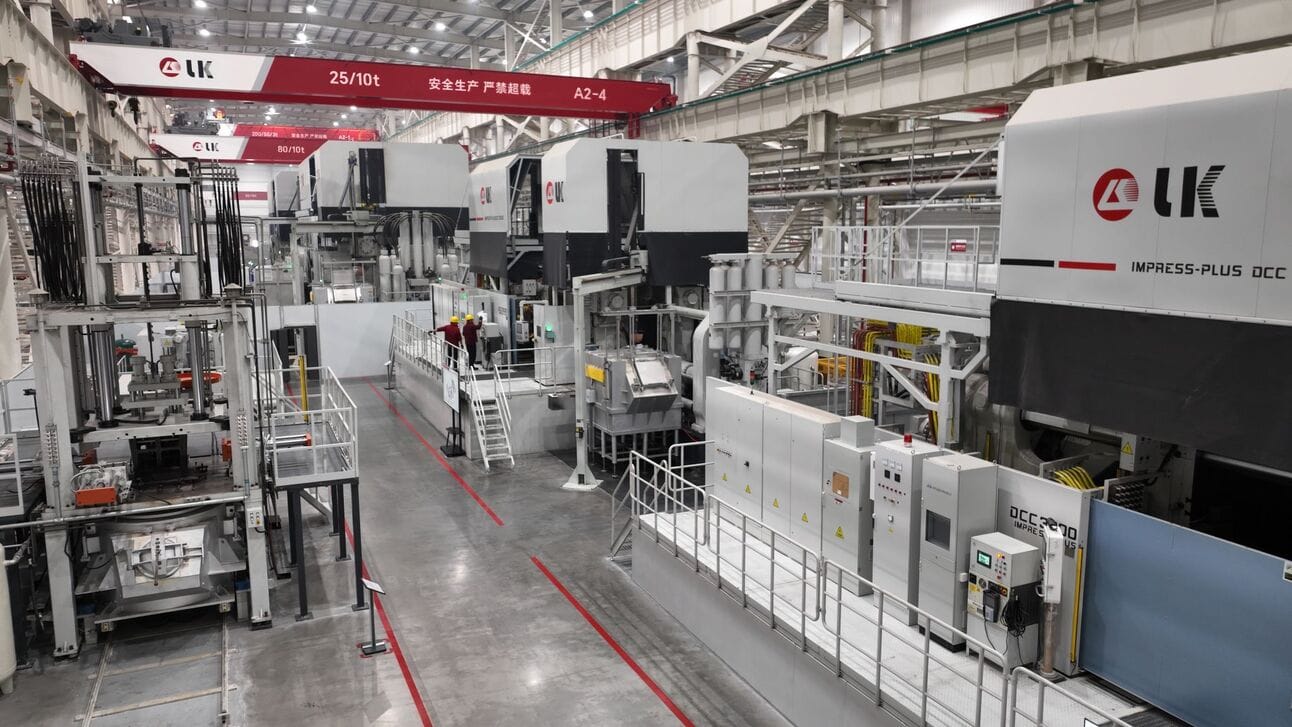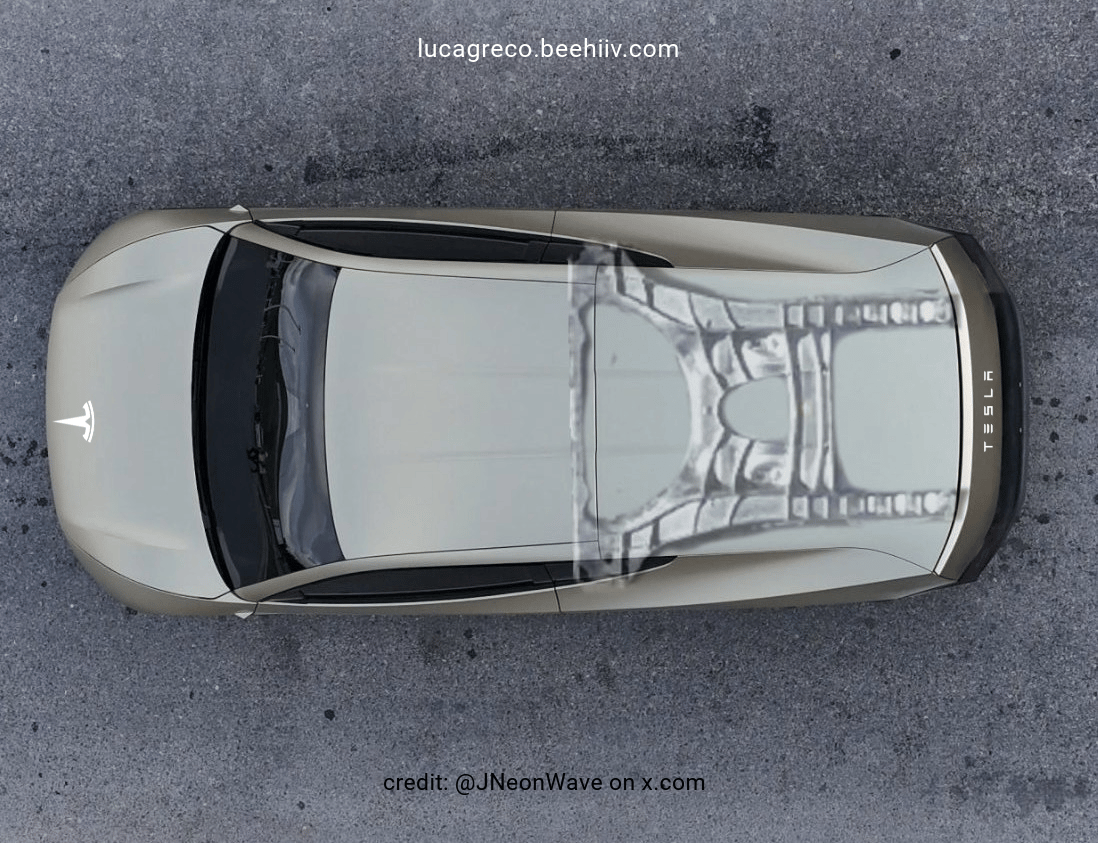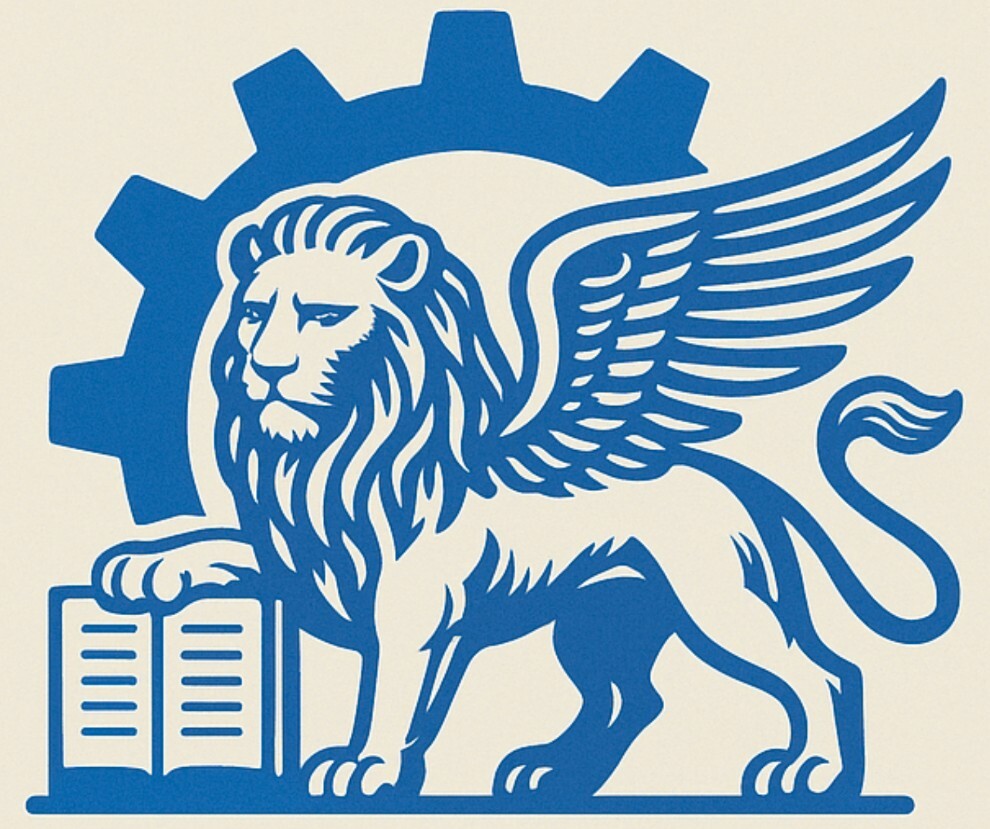Welcome to The Gigacasting Newsletter
New here? Subscribe
Tesla’s Aluminum Recycling Plant
Over the past two years, Joe Tegtmeyer has documented Tesla's construction of a state of the art recycling facility and a bag house air filtration system at Gigafactory Texas.
Integrated within the factory’s die casting shop, this advanced recycling plant features a large furnace that melts Tesla’s massive Gigacastings and scrap material without the need for crushing or shredding.
The facility processes not only on site scrap but also secondary aluminum components, such as wheels and sows. The molten material is then fed into the die casting machines’ melting furnaces.
However, the initial melt does not meet Tesla’s stringent casting alloy requirements.
To resolve this, Tesla utilizes on site capabilities to purify the melt, add necessary materials, and fine tune the alloy composition to meet precise specifications.
About Giga Texas
Tesla’s headquarters in Austin, Texas, serves as the production hub for the Model Y and Cybertruck, with preparations underway for new models and the autonomous robotaxi, the Cybercab, slated for 2026.
The facility houses the world’s largest Gigacasting operation, featuring 6,000 and 9,000 ton die casting machines, a recycling plant, and a separate die shop located on the same property to the north, where Tesla builds and maintains its own dies and inserts.
The Sky Is The Limit
Do you remember Tesla's patent for Gigacasting the entire car body in a single shot? (if not, check it out here).
For those who don’t know, a few years ago, Tesla published a patent exploring a concept in which a gigantic die casting machine with a multi directional horizontal and vertical clamping mechanism along with multiple injection points would cast an entire car body in one process.
China First Heavy Industries, a Chinese state owned company has filed a similar patent, mirroring Tesla's old idea.
Tesla’s patent
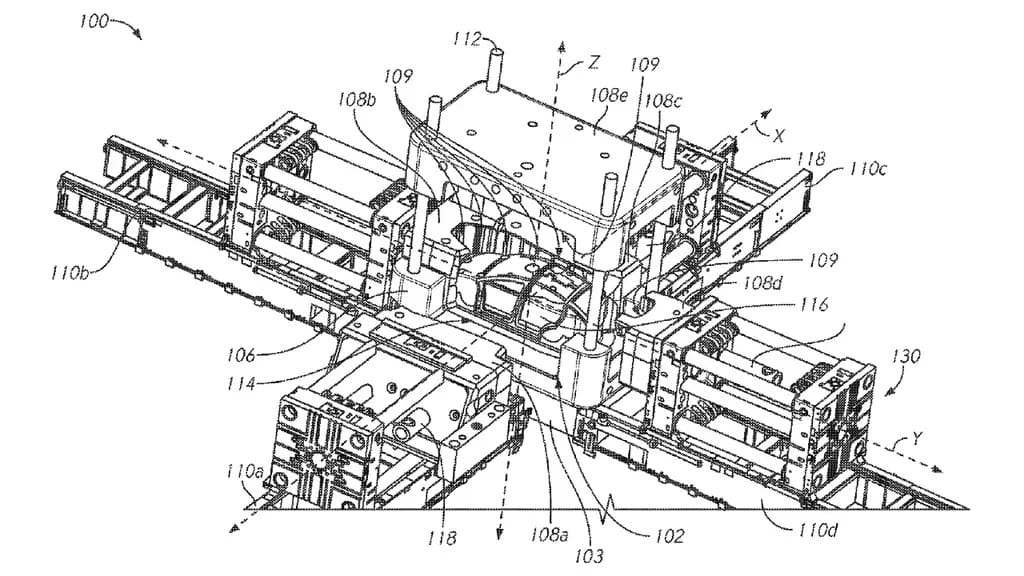
First Heavy Industries’ patent
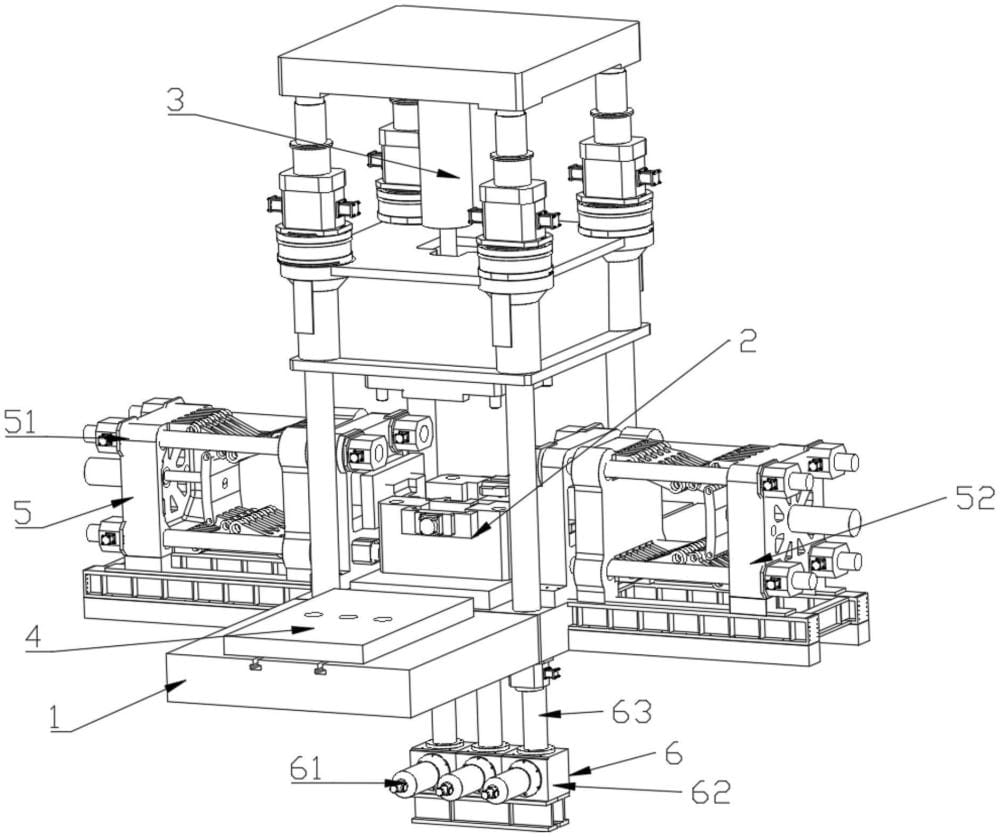
Here I summed up the main characteristics of how this machine would work and its claimed advantages (translated with a LLM). Read the full original patent here.
The Patent
The equipment features a robust machine body with a base, columns, a fixed crossbeam, and a movable crossbeam. It integrates multiple mechanisms to achieve precise, multi directional die casting:
• Vertical Die Casting Mechanism: A vertical main cylinder drives the movable crossbeam along columns to clamp the mold vertically, ensuring stable top-down pressure.
• Horizontal Die Casting Mechanism: Two identical units on either side of the base use horizontal main cylinders to clamp the mold laterally, with guide columns and a transmission locking system ensuring precise movement.
• Die Casting Mold: Comprising a bottom mold, side movable molds, and an upper mold, it supports multi directional clamping. Core pulling mechanisms on the front and rear extract inner cores post casting.
• Injection System: Positioned below the base, it injects molten metal (e.g., aluminum alloy) into the mold cavity at high pressure, ensuring uniform filling.
• Mold Changing Mechanism: Sliding workbenches facilitate rapid mold replacement, minimizing downtime.
• Core Pulling Mechanism: Enables efficient core removal from the mold’s front and rear.
The process begins with horizontal clamping, followed by vertical clamping, controlled for precision to avoid interference. After clamping, molten metal is injected, cooled, and the mold is opened vertically and horizontally while cores are pulled. A robot retrieves the cast part, and the mold changing system swaps molds for the next cycle.
Claimed Advantages
• Integrated Molding: Combines vertical and horizontal die casting to produce large, complex vehicle body parts (e.g., chassis and side panels) in a single step, eliminating multiple assembly and welding stages.
• Enhanced Efficiency: Reduces production time by integrating processes and enabling rapid mold changes, boosting equipment utilization and throughput.
• Core Removal: Core pulling mechanisms allow easy extraction of inner molds, overcoming a key limitation of traditional systems.
Slowdown in Gigacasting Adoption Growth
Hyundai is reportedly planning to delay the mass production timeline for the Ulsan hypercasting plant from next year to 2028, a deferral of about two years.
The company has been in discussions with the Ulsan plant’s labor union since late last year to finalize this decision. The postponement stems from a slowdown in battery electric vehicle (BEV) demand and the United States’ imposition of 25% tariffs.
An industry source noted, “Hyundai is adjusting to global market shifts by prioritizing hybrid vehicle production, prompting a recalibration of its BEV focused hypercasting investment.”
As Hyundai views underbody gigacasting as primarily suited for BEVs, the company is pausing this investment to align with its increased focus on hybrids amid slower BEV adoption.
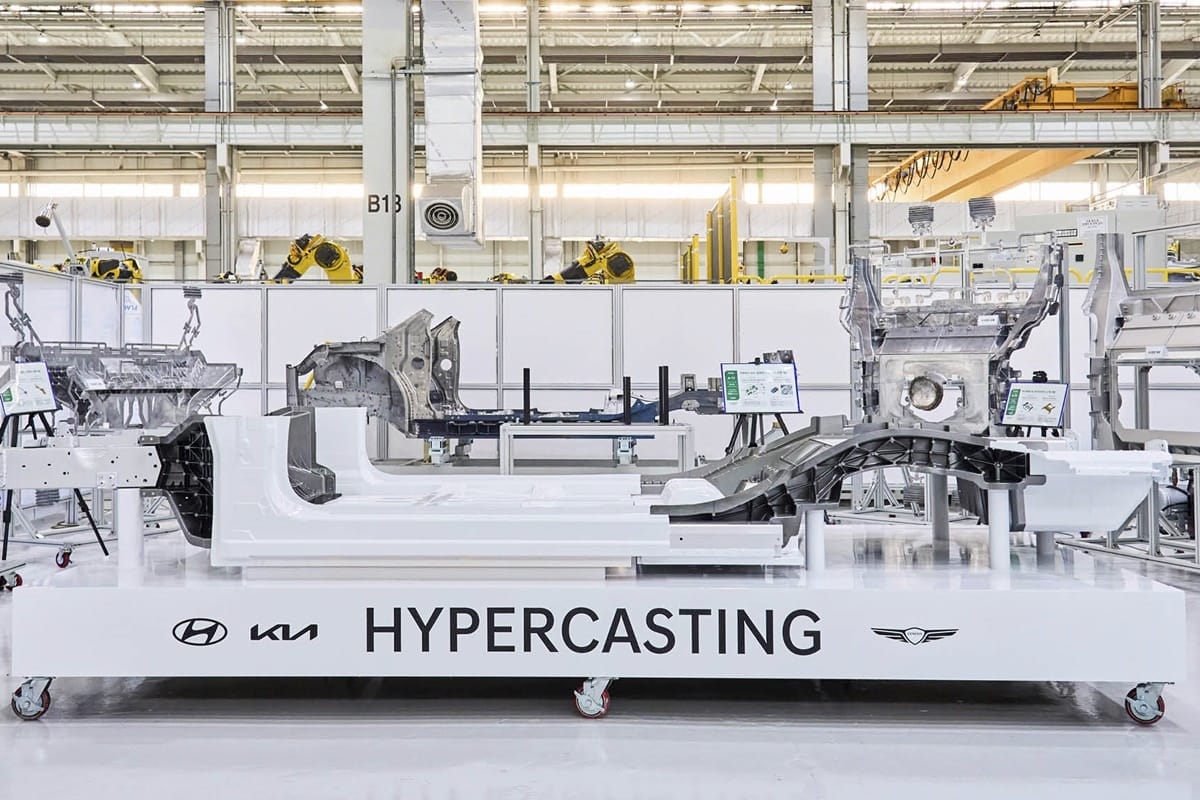
6 months ago, Idra Group announced the start of production for the first 9,000t Giga Press delivered to Hyundai. Read more here.
Another company which is possibly slowing down its underbody Gigacasting ambitions, or at least for North America, is Honda.
“Honda announced that “due to the current slowdown in EV demand”, it has decided to postpone, by about two years, its $11B plan to build an 240,000 EVs/year plant and a 36GWh battery plant in Ontario, along with the battery supply chain in joint ventures.” full article here
Honda’s new facility in Ontario was poised to be the company’s first to produce vehicles with front and rear underbody Gigacastings. However, with the delay in investments, it remains uncertain whether underbody casting production is postponed or if Honda will shift its focus from North America to Japan.
Despite being a more mature market shifting to China seems unlikely, due to the local joint venture model, the companies in charge of manufacturing Honda’s vehicles are Dongfeng and GAC.
Notably, Honda is already operating several 6,000 ton die casting machines to manufacture electric vehicle battery trays. These machines are fully operational, and the new vehicles slated for release later this year remain on schedule. Read more here.
LK Machinery’s New Gigacasting Plant
LK Machinery announced the launch of their new facility designed to produce up to 8 large die casting machines (6,000 to 20,000 tons) per month.
The facility also features a state of the art technical center, allowing customers to test 3,000t, 5,000t, 9,000t, and dual injection 13,000t die casting machines.
Additionally, it includes CNC machining centers, thermal imaging systems and a 1,600t magnesium Thixomolding machine which utilizes TPI’s SuperPlast module.
They also established a dedicated Gigacasting laboratory & testing center, offering end to end solutions, from die co-development and quality inspections to post casting processes, and more.
Quick News
IDRA Group
• Six years ago in May, Idra received their first order for a 6,100 ton Giga Press from Tesla.
In May 2019, six years ago, I received the first order for a Giga Press from the “Californians”. Why me? Why IDRA? Because we were ready to accept the challenge, the only company in the world who said: “Yes, we can make it and meet your targets”. Fifteen months later, they made good parts in their employees’ parking lot...
Today, #gigapress is a recognized success that has opened a new path for making cars at reduced cost and timing, and most of Idra competitors have tried to copy.
With a big difference: 𝐧𝐨 𝐜𝐨𝐦𝐩𝐞𝐭𝐢𝐭𝐨𝐫 𝐜𝐚𝐧 𝐜𝐥𝐚𝐢𝐦 𝐭𝐡𝐞 𝐬𝐚𝐦𝐞 𝐩𝐞𝐫𝐟𝐨𝐫𝐦𝐚𝐧𝐜𝐞 𝐨𝐟 Idra Group 𝐝𝐜𝐦. No one can neither confirm score records of five years of production, or hundreds thousands of cars yearly made.
Nobody can cast faster than Idra Group #gigapress Presses or grant the same reliability.
For this reason I insist on saying: 𝐁𝐔𝐘 𝐓𝐇𝐄 𝐎𝐑𝐈𝐆𝐈𝐍𝐀𝐋 𝐁𝐔𝐘 𝐈𝐃𝐑𝐀… And enjoy the competitive advantage of it.
• IDRA is sponsoring Prema in the IndyCar Series.
Our first #Indy500 qualifying is around the corner🤩
We are proud to join forces with @IDRAGROUP, an excellent Italian company with an extremely successful USA presence, for the Greatest Spectacle in Racing👊
#INDYCAR— #PREMA (#@PREMA_Team)
4:33 PM • May 16, 2025
TPI
Thixotropic Piston Injection Technology (TPI) has been awarded the Award of Excellence in the “Process” category by the International Magnesium Association (IMA). Learn more about TPI here.
This recognition highlights our success in adapting thixomolding to conventional cold chamber die casting machines - making the technology more accessible, safer and more sustainable.
Tesla
Tesla is hiring Supplier Industrialization Engineers for *Optimus’ casting components. This role will be supporting the designers in identifying the appropriate mass manufacturing technologies for production as well as prototype parts.
We are seeking a candidate with expertise in metal injection molding (MIM) and investment casting, particularly in scaling from prototype to high volume production. This role will focus on industrializing high precision castings and MIM components for Optimus 🤖 . It offers significant learning opportunities in castings, extrusions, and forgings. This is an excellent transition opportunity for professionals in medical device MIM or aerospace investment casting.
*Optimus is Tesla’s humanoid robot.
